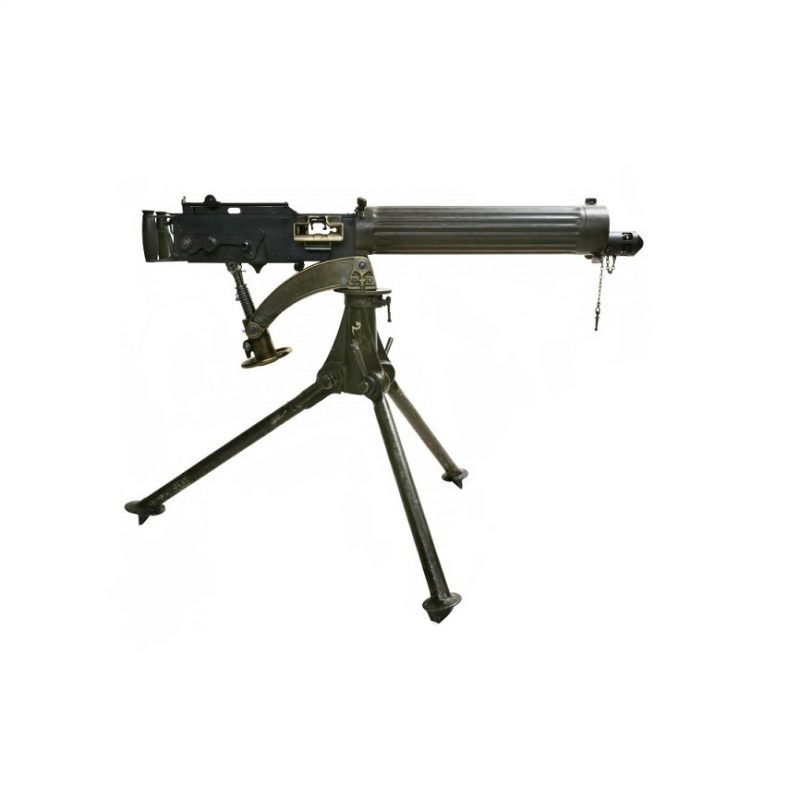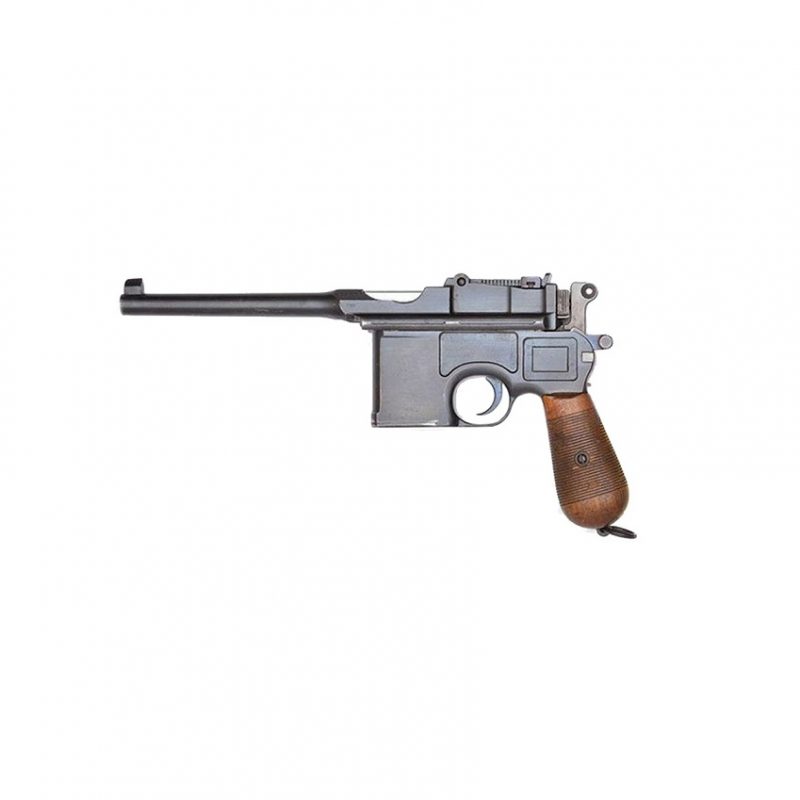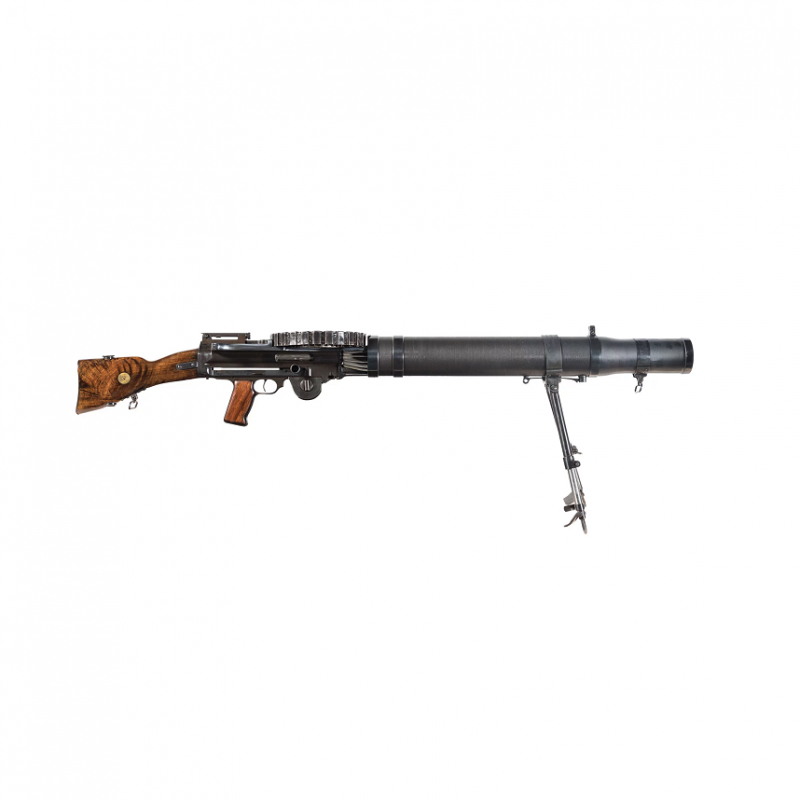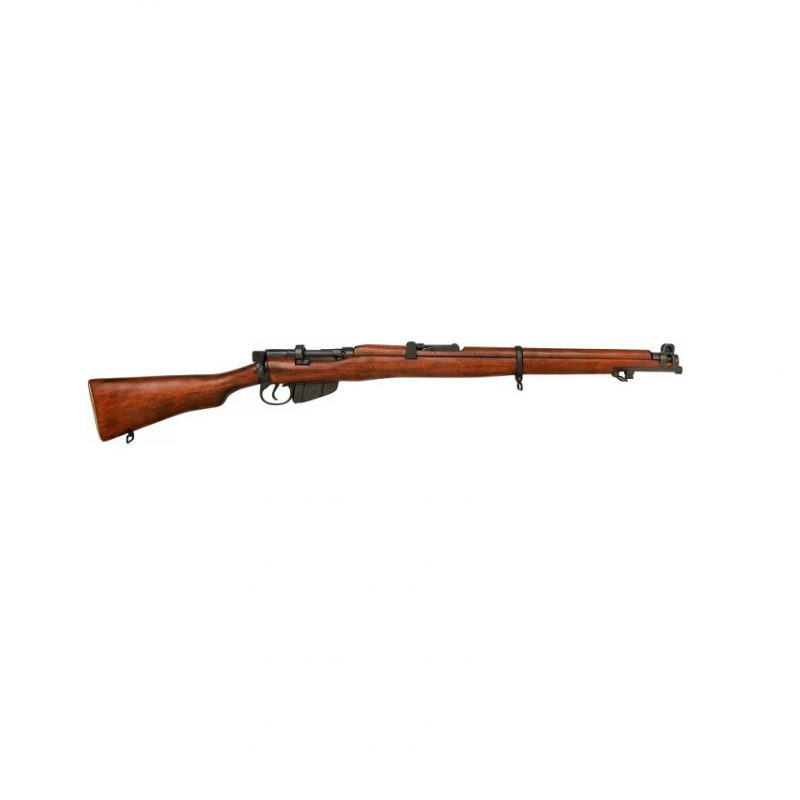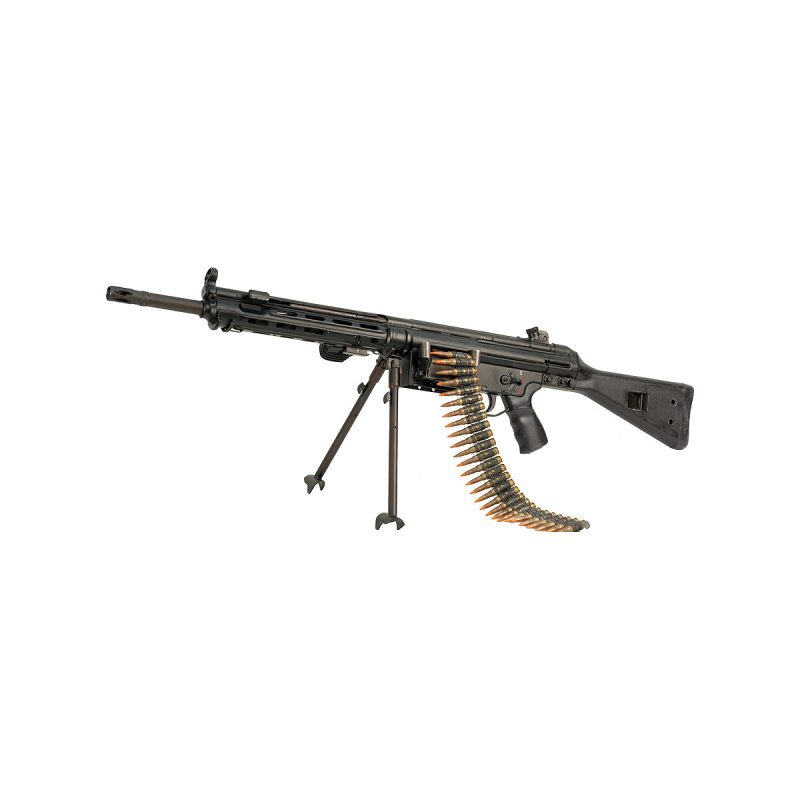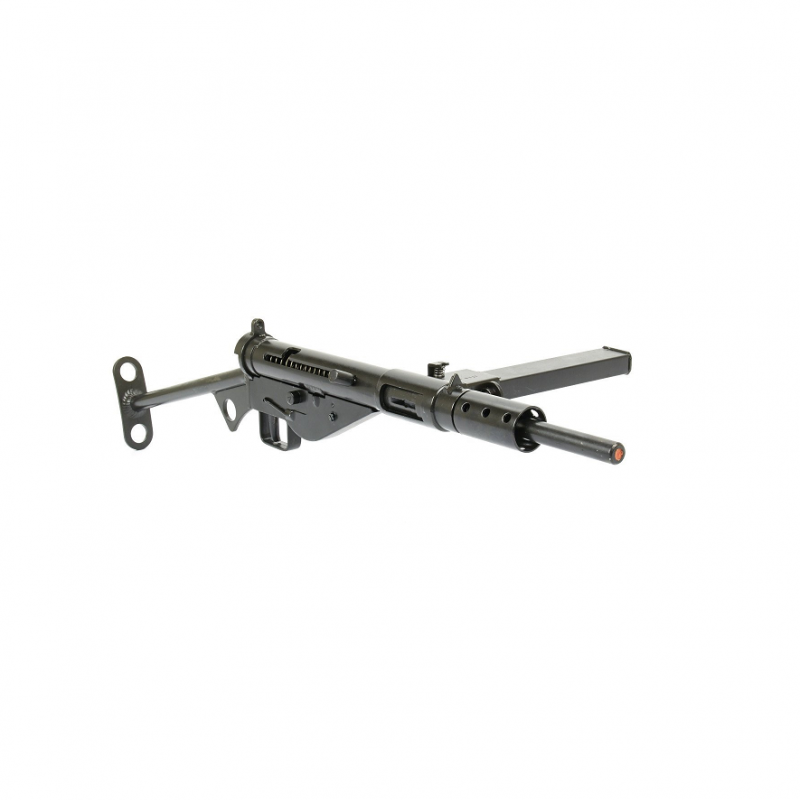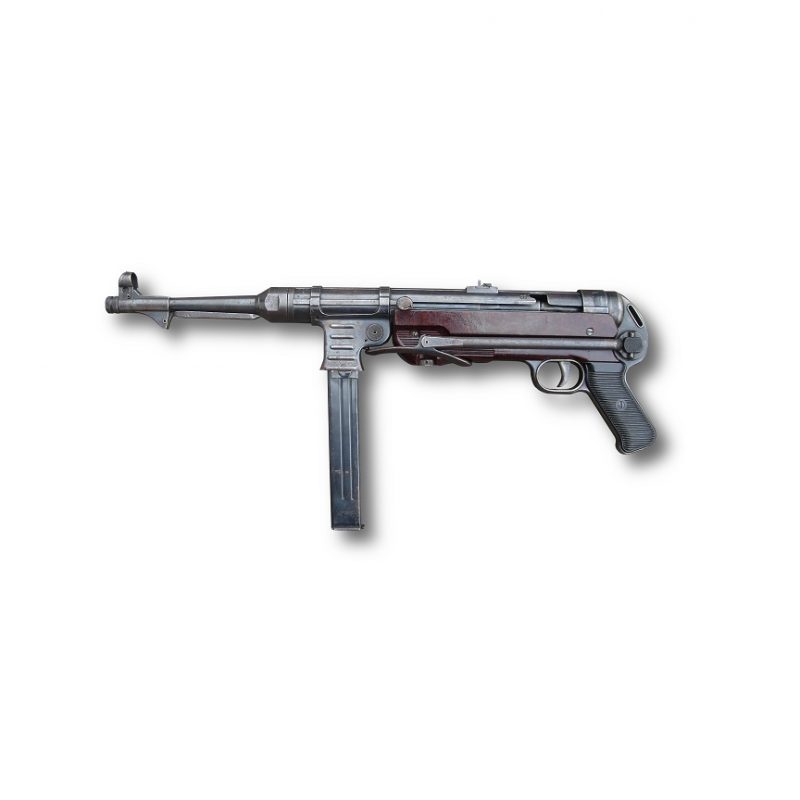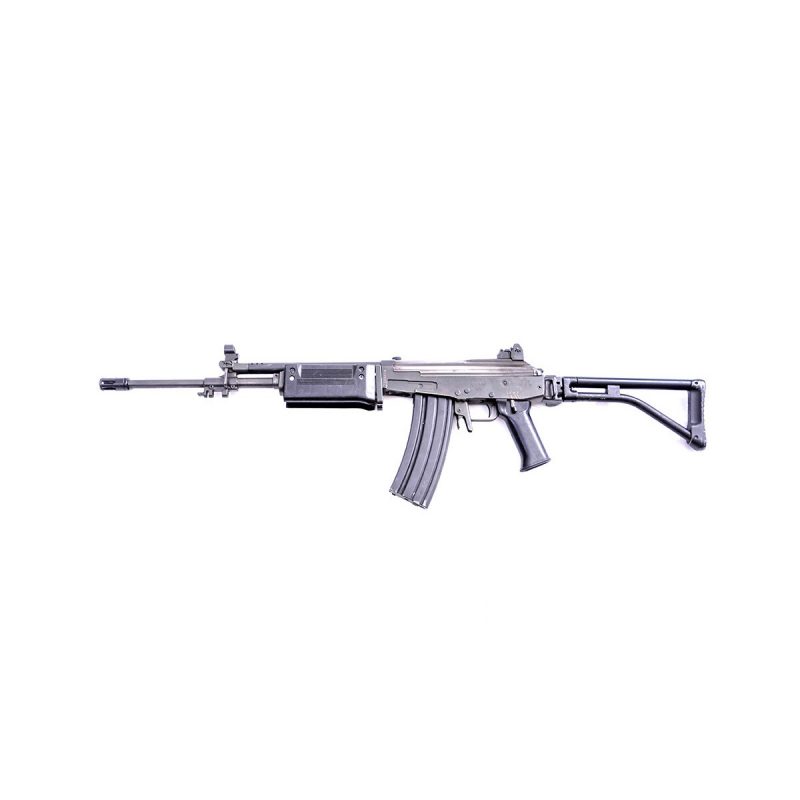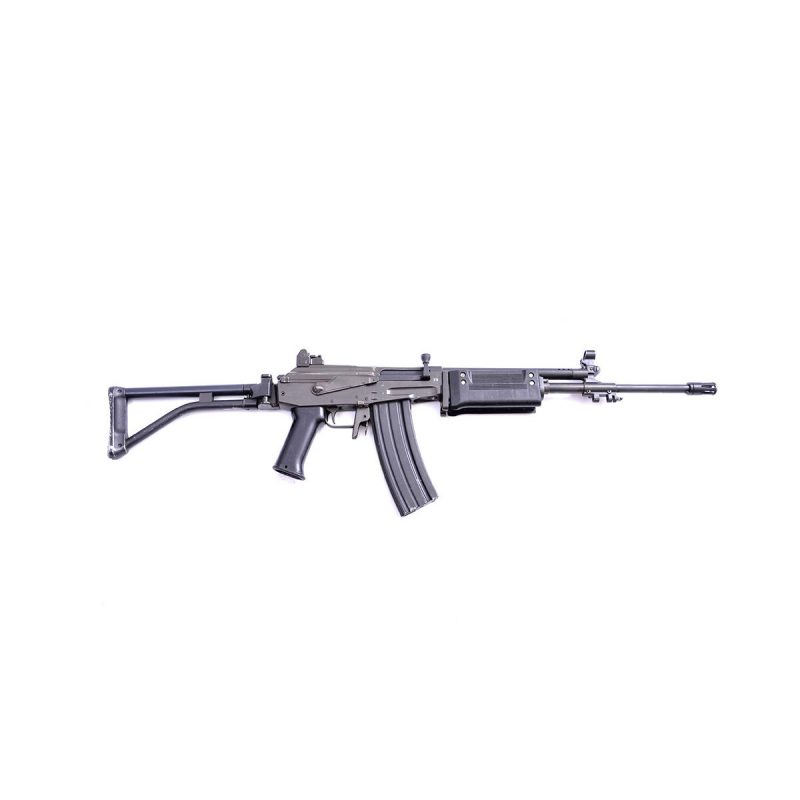Description
During World War 1, with the stalemate of trench warfare, the main powers trialed multiple devices that front line soldiers could use to launch projectiles over no-man’s-land and into the opposing sides trench.
Aside from an array of trench mortars, the most effective device for achieving this in terms of ease of use and infantry wide issue, was the humble rifle grenade.
The two routes that the designers could chose, were either a bespoke ‘rodded’ projectile that inserted into the barrel of the rifle, or a system that allowed the operator to utilize an existing hand held grenade.
Of the many designs rapidly pushed into wartime service, the British ‘Burns Cup’ was one of the best. Designed to clamp around the metallic nose cap of the Mk3 Lee Enfield (SMLE), the cup could house a No 23 or 36 Mills Bomb (hand grenade), with the aid of a gas arresting base plate which screwed onto the bottom.
At the base of the cup was a sliding vent, which by means of adjustment, could vary the amount of gas produced by the blank cartridge that was hitting the base plate. Which in tern enabled the firer to adjust the range the grenade would land, something a rodded projectile firer could not do.
So effective was this cup design that it was used by British/Commonwealth forces until the end of WW1, throughout WW2 and retained for use by the Indian army for some years to follow.
Designed: 1915
Manufacturer: Various
Produced: 1916 – 1945

